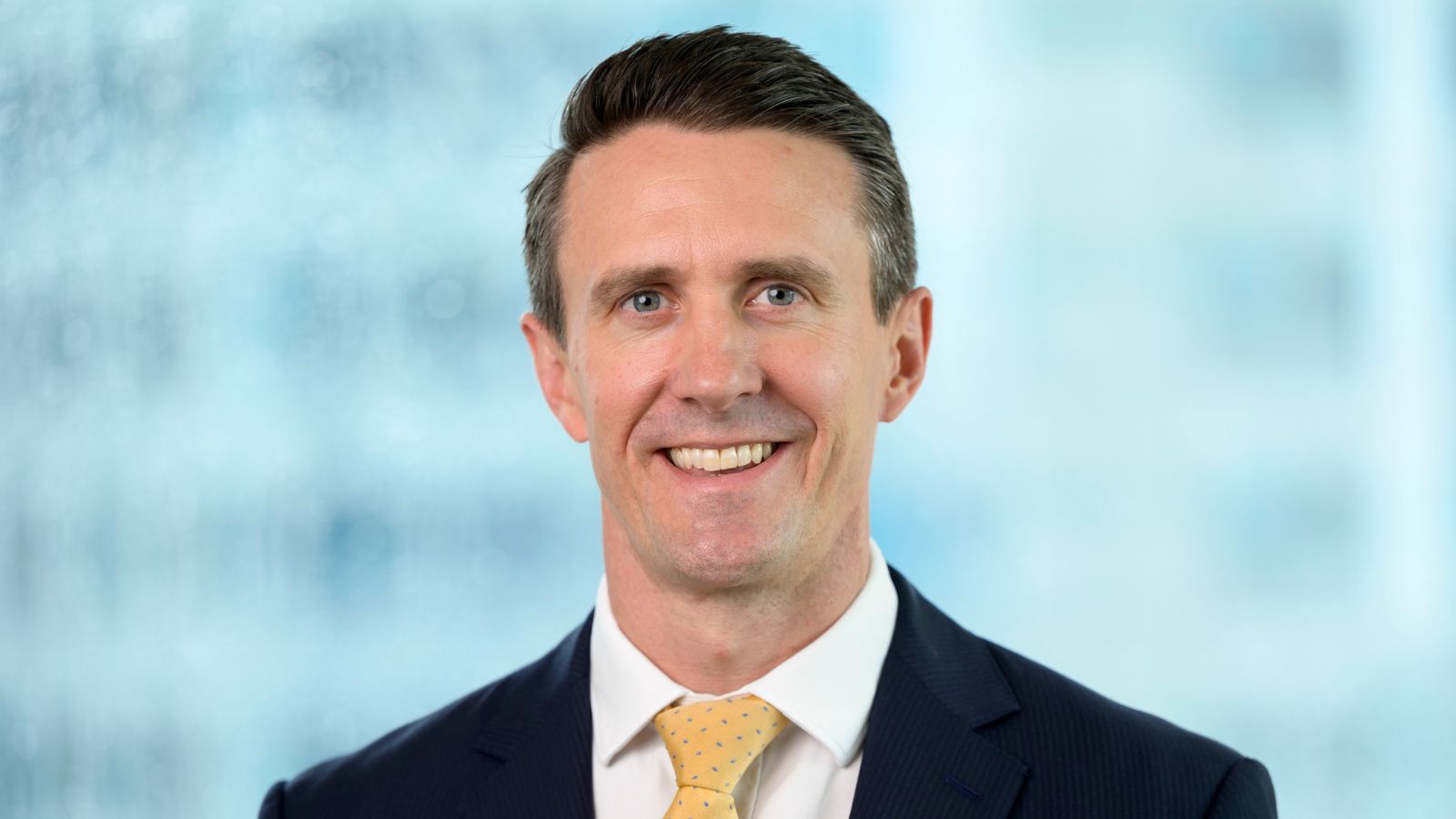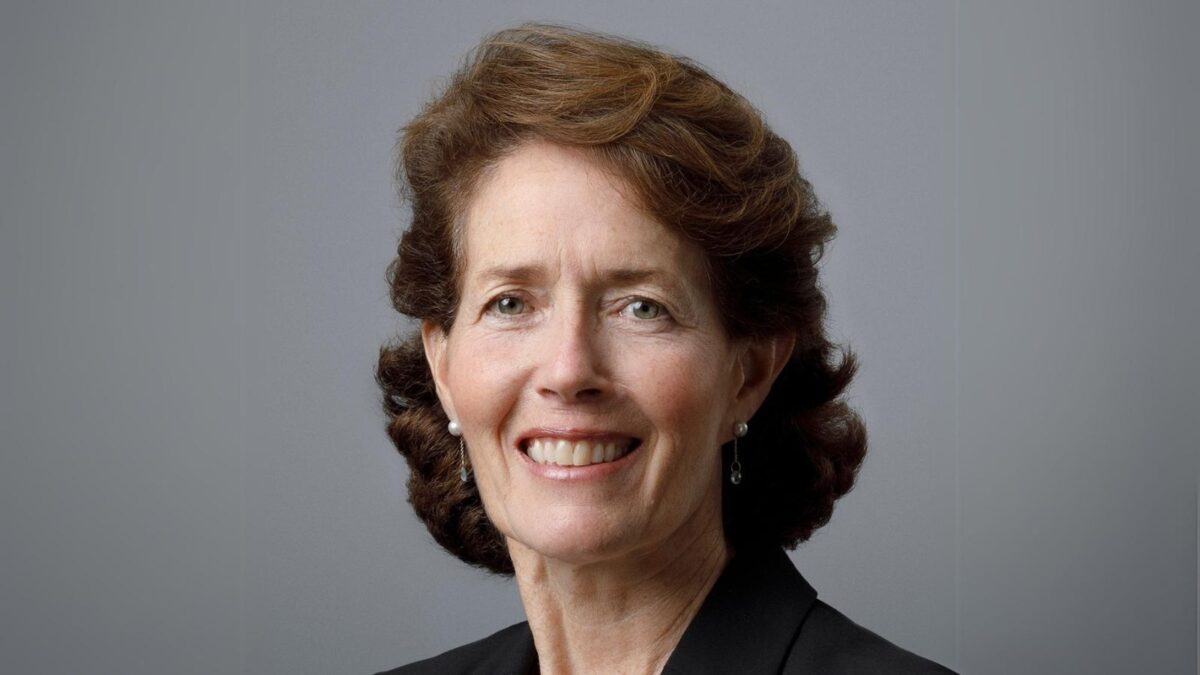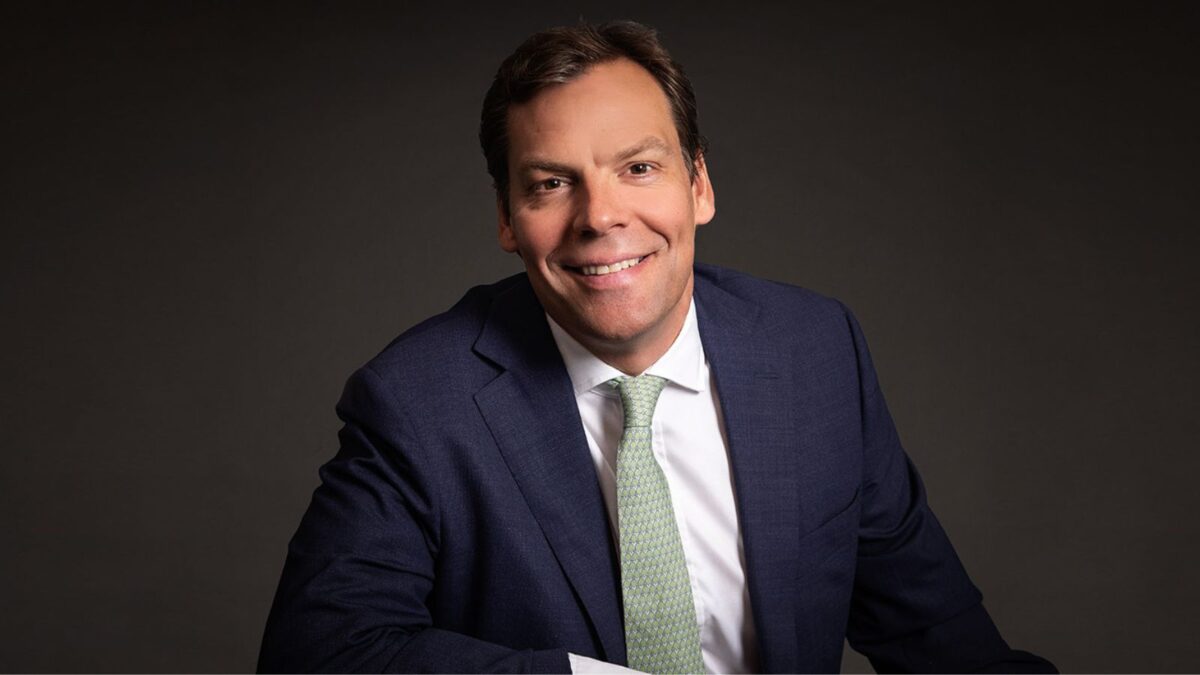‘A question that everybody’s avoiding’: What becomes of small funds?
It’s getting harder for a small, underperforming fund to find a merger partner with APRA casting a disapproving eye towards what it calls “bus stop” mergers – those that don’t bring the combined entity above the threshold of FUM it considers ‘sustainable’ (around $30 billion). And as big funds get bigger, and get “indigestion” from too many mergers, the system risks large numbers of members being trapped in a long tail of underperforming funds.
“It’s definitely going to be an issue,” says ANU professor Geoff Warren. “Mergers are not costless for people to do, and if you’re talking about a couple of billion dollars , for the bigger funds it doesn’t make much difference. Even for medium sized funds it might make a bit of a difference, but mergers absorb a lot of management resources. You always have IT and systems problems – that’s always a big hurdle, and it’s probably more trouble than it’s worth.”
At the moment, APRA seems to be hoping bigger funds feel a duty to clean the system up (something that might already be going on in the background). While APRA has said it would like the power to force a merger, it’s hard to see how that would work under the sole purpose test; if a bigger fund decides that merging with a smaller fund isn’t in its members’ best interests, it’s unlikely that APRA could decide that it is.
“I don’t see how you can force a fund to take on another one,” Warren says. “I can’t think of anywhere APRA has been able to come in and say ‘you must take this fund on’ when there’s arguments in many cases that it isn’t to members’ benefit.”
One potential solution is for small funds to form a collective and merge (thinking “right out of the box”, Warren says). Alternatively they could use the pooled superannuation trust model of Hostplus/Maritime Super (controversial due to Maritime staff retaining their jobs) or outsource the “whole lot” to a provider like Mercer, with an agent of the smaller fund retained.
“The company doesn’t want to be a super fund anymore and Mercer runs the whole thing, with the members transferred to that,” Warren says. “That’s a way of still having a fund, but it’s white labelled or could be part of the broader corporate fund; you’ve got scale and all the rest of it but it sort of solves the problem… Going the straight outsourcing model is one route to get through here, and there’s retail funds that would see that as a business opportunity. They’ve just got to manage the agent.”
While APRA has tried to discourage so-called “bus stop mergers” – tie-ups between two sub-scale funds that create a new entity that’s still sub-scale – there might be utility in allowing them to go ahead if the boards at least sketch out a plan to get to a more competitive size, says David Bell, executive director of the Conexus Institute.
“If there’s a bus stop merger, should APRA be allowed to create some further conditions that they have to say in writing, prior to a merger, what they would be prepared to give up at a board level in a subsequent merger?.. If a bus stop is only part way there, maybe they should be compelled to document that they’ll give up these six if there’s another merger. That would actually provide a greater degree of protection – that this is truly on a pathway to being a sustainable fund.”
“It’s a question everybody’s avoiding. What is the outcome here? If I put myself in each market participants’ shoes – APRA would hope there’s a merger partner for every fund. Is that a statement or a hope?”
Bell previously floated the idea of a national wind-up fund where funds that hadn’t found a dance partner could be transferred. He’s no longer convinced it’s such a good idea; a wind-up fund would presumably have all the same problems as its constituent funds – which might be in net outflow – writ large. It would also presumably be subject to the YFYS test itself, and having taken on the constituent parts of so many underperformers might underperform itself, meaning the can is just getting kicked down the road.
“It potentially creates some sort of moral hazard – the question of new innovation and new market entrants. There’s a guaranteed backstop of a fund being there to take you on if you don’t reach scale. Does that create moral hazard, where you go in and have a crack at developing some new, innovative idea, and if it doesn’t work you can put it all back?”
Holly Marchant, a superannuation lawyer at Ashurst, has described the current “shape” of the superannuation industry as comparable to a Prince Rupert Drop – a tadpole-shaped glass bulb with a tip that is almost impervious to damage and a tail that will shatter at the lightest touch and take everything else with it – and proposed that APRA implement a no-risk transfer mechanism to allow large funds to merge with smaller funds with less risk i.e. by directing a fund that has not met the proposed mandated threshold to merge with a larger peer.
“Perhaps it involves the smaller fund cleansing all of the data and incurring the costs of planning and executing the transaction,” Marchant wrote in March. “But what about the risk that would typically be absorbed by the transferee fund? Perhaps there’s a need for something similar to the current section 147 “cessation of rights against transferor fund” of the SIS Act. But what about the rights of service providers? The larger fund might still consider the transaction as not being in the best financial interests of its members.”










